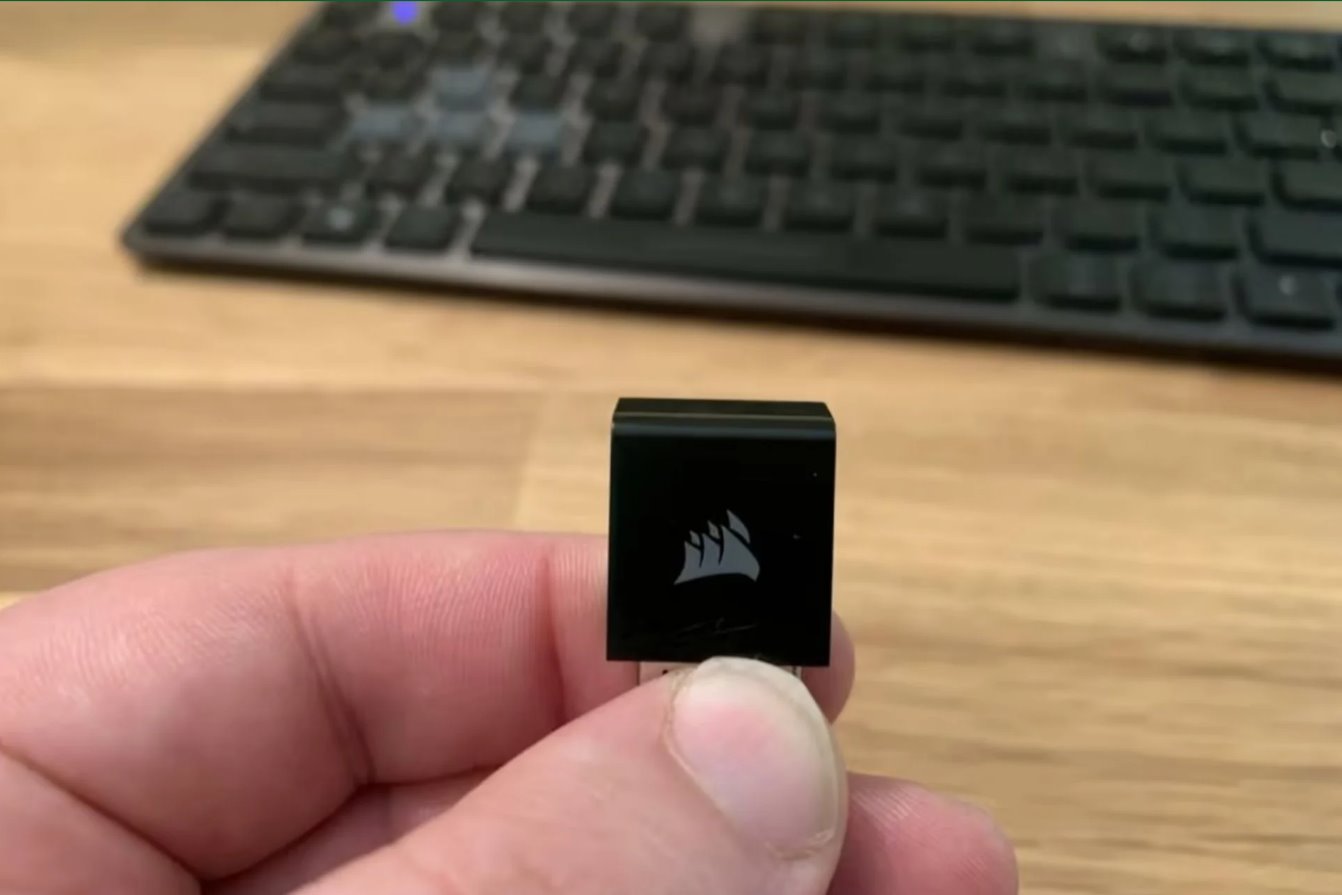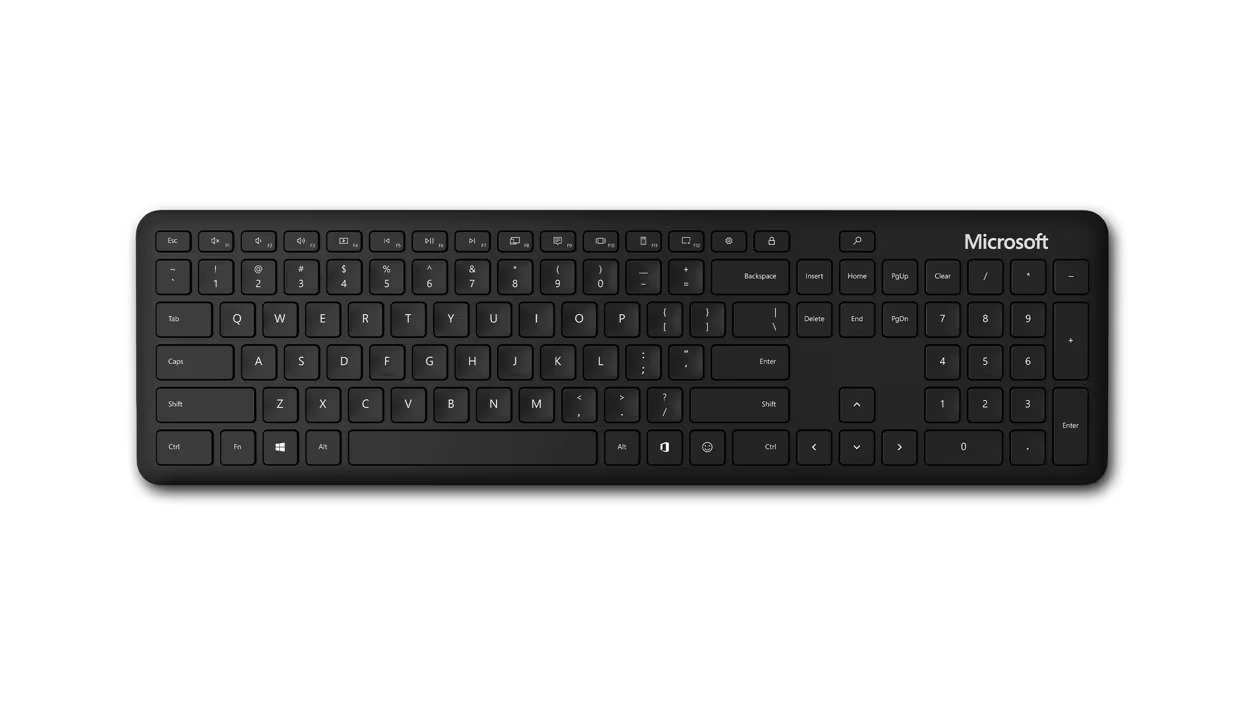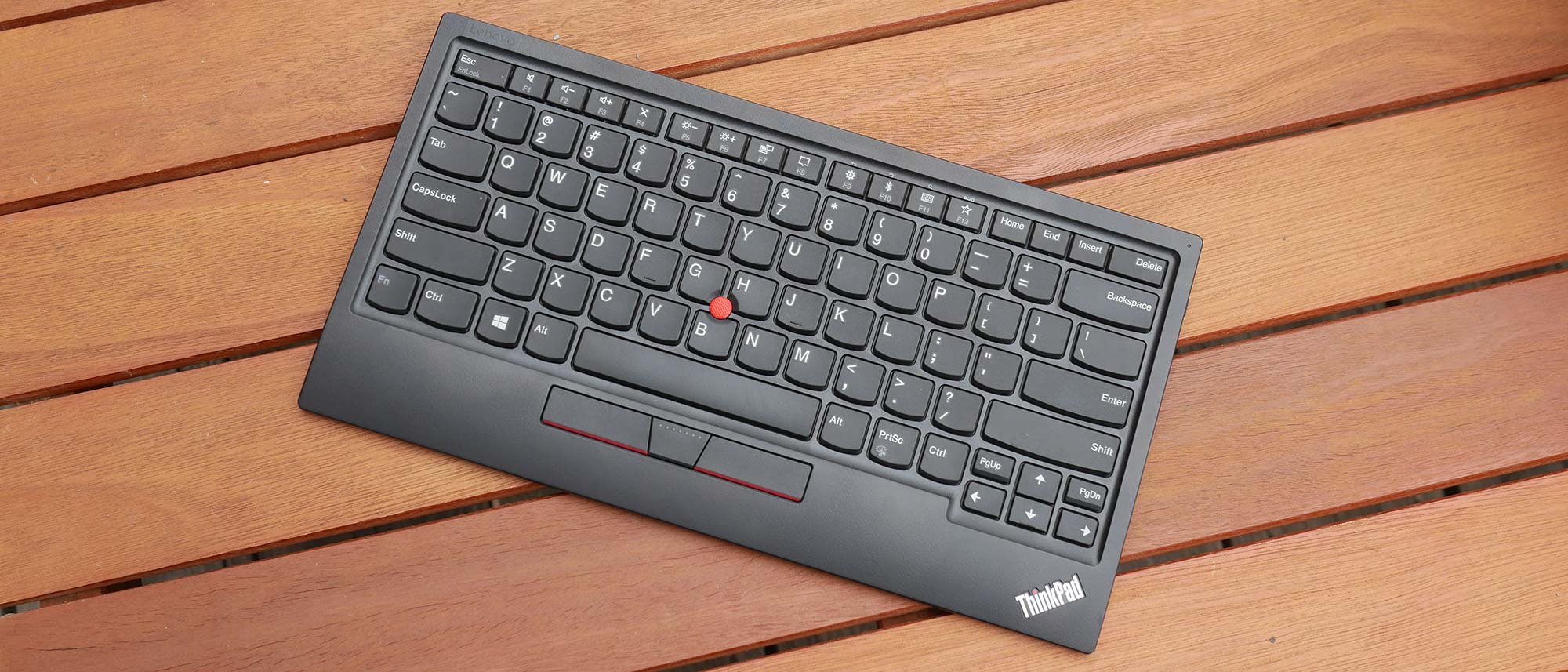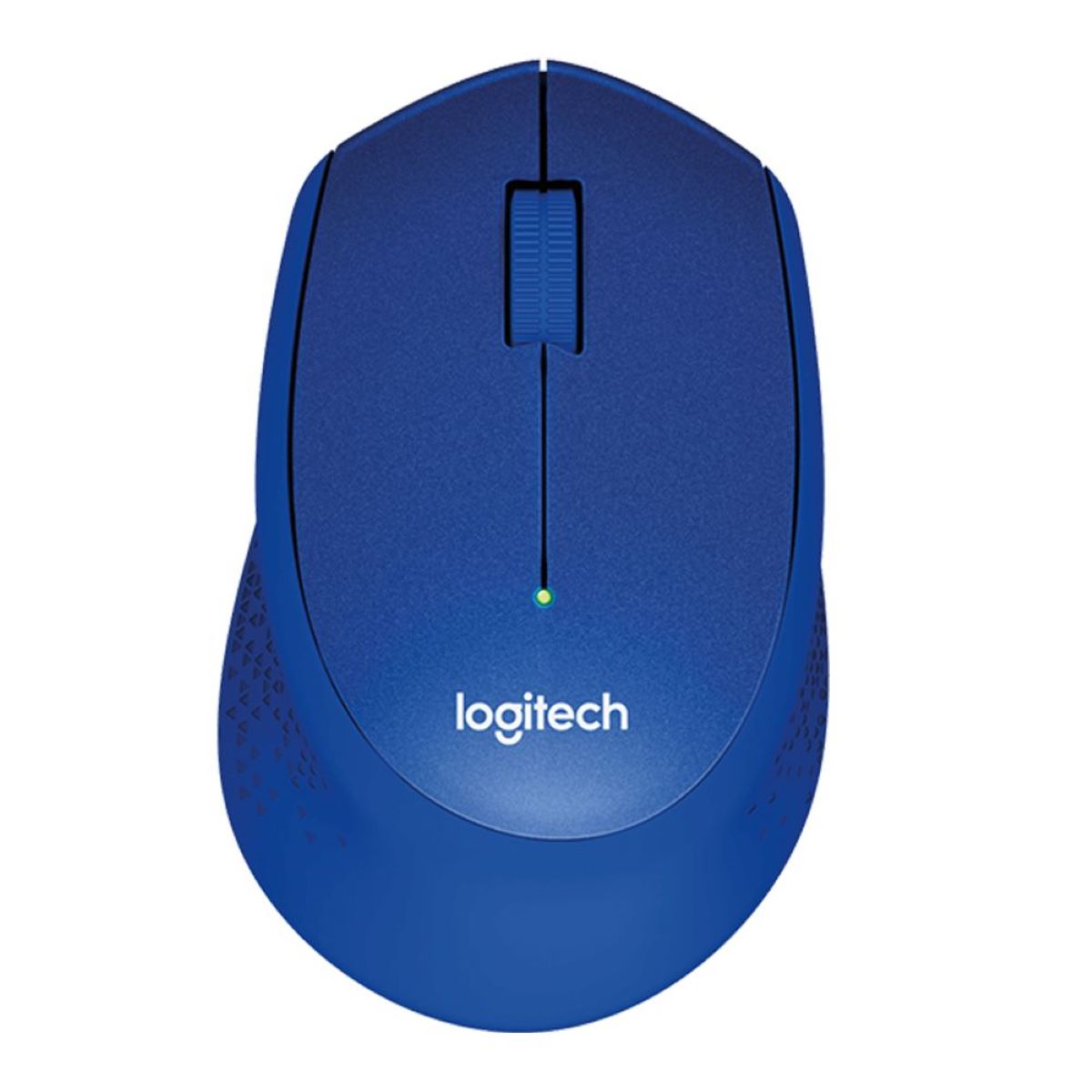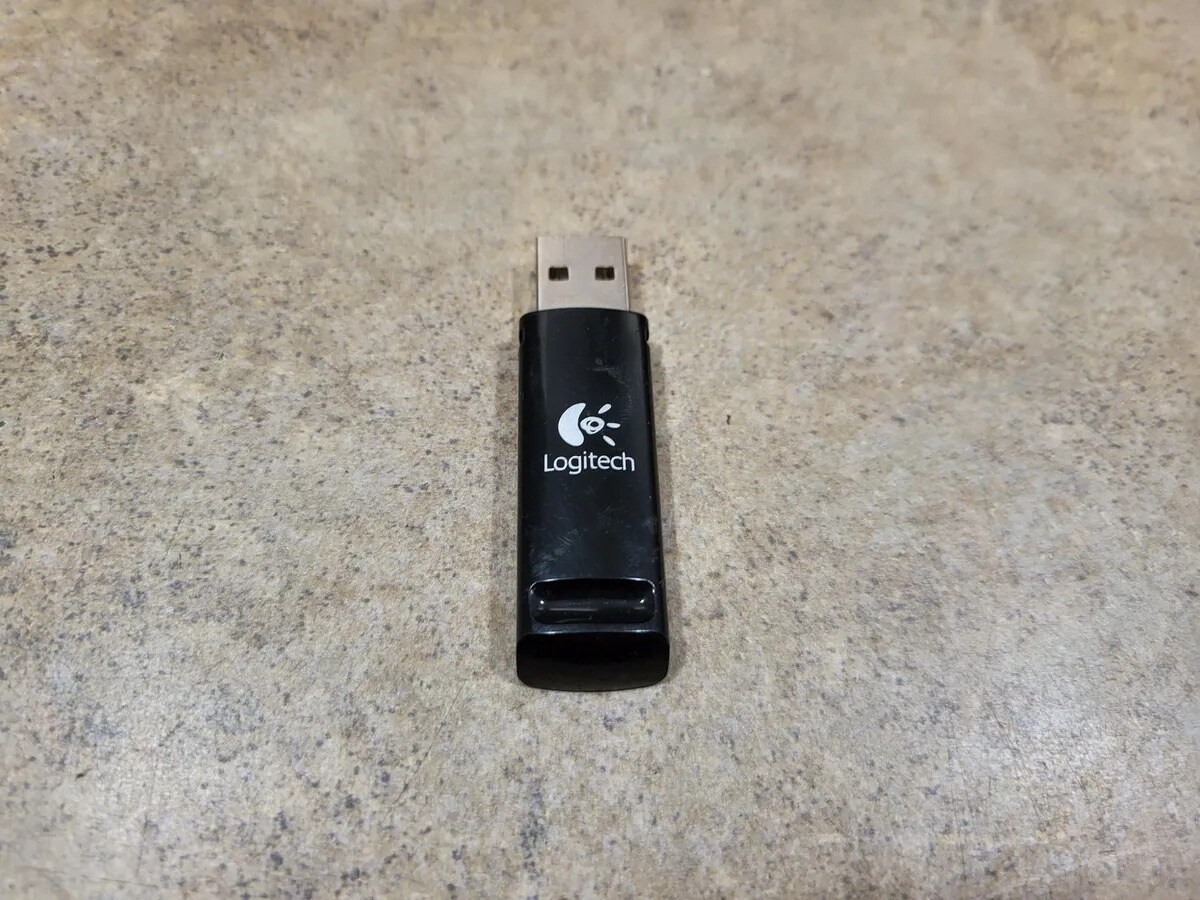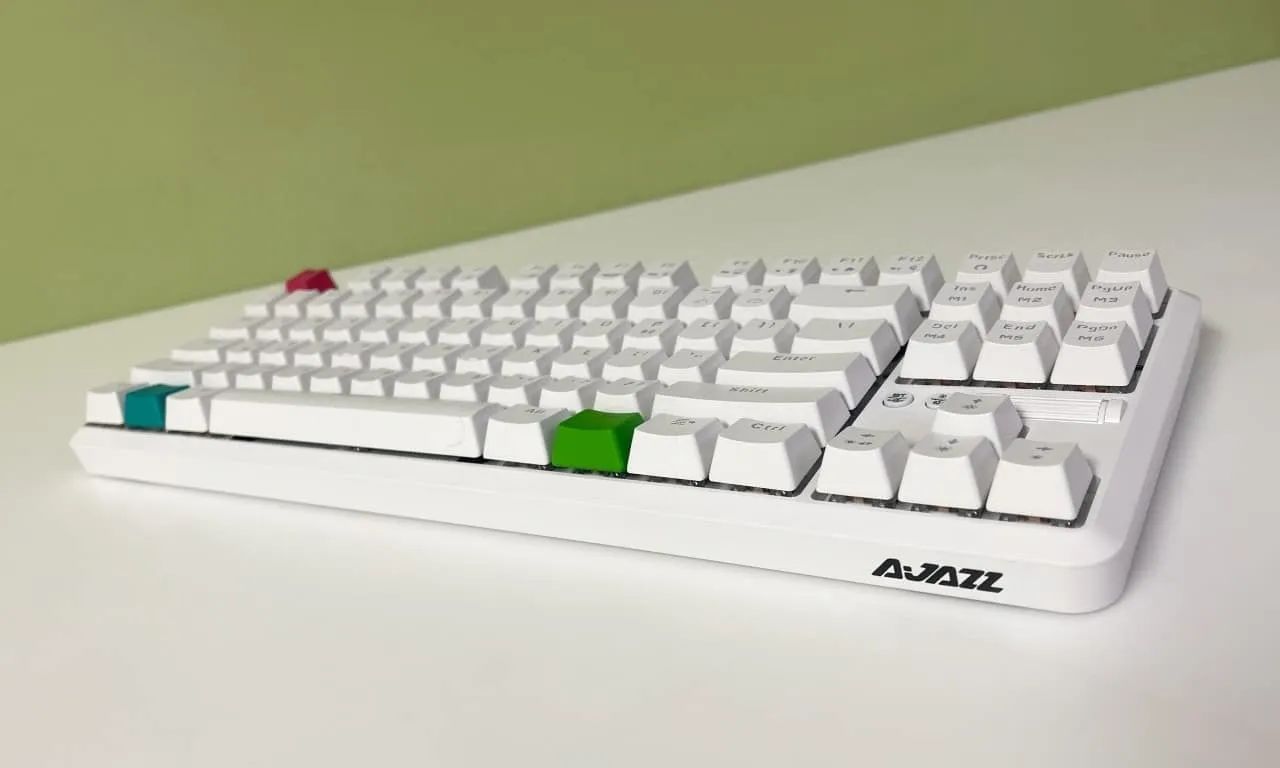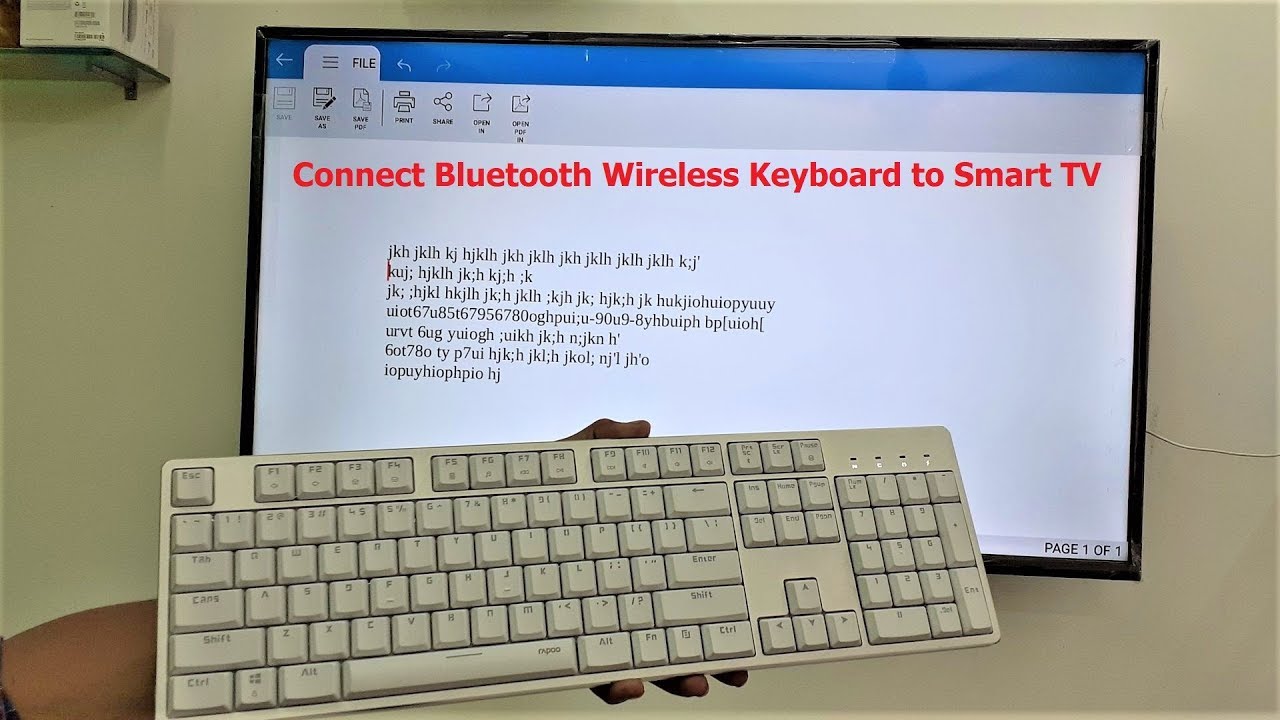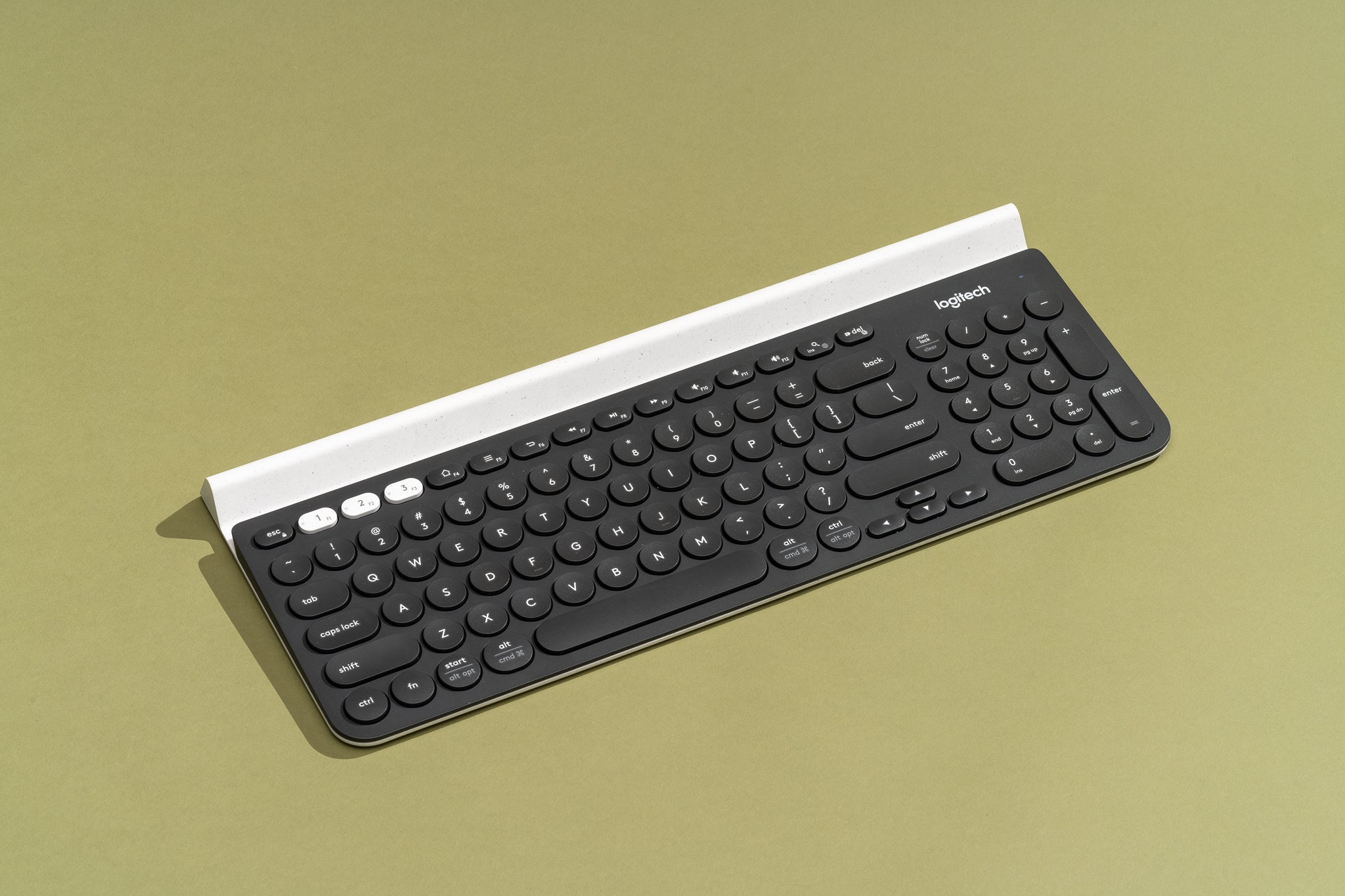Introduction
Wireless keyboards have become an essential accessory for many computer users, allowing for increased flexibility and convenience. However, the traditional method of connecting a wireless keyboard to a computer or device requires a USB receiver, which may not always be available or compatible with every device. The good news is that there is an alternative. In this article, we will explore how you can connect a wireless keyboard without a USB receiver, using the power of Bluetooth technology.
Bluetooth connectivity is a wireless communication technology that has gained popularity in recent years. It allows devices to connect and communicate with each other over short distances without the need for cables or cords. Many modern computers, laptops, tablets, and smartphones are equipped with Bluetooth capability, making it possible to connect and pair them with compatible wireless keyboards.
In the following sections, we will guide you through the process of connecting a wireless keyboard without a USB receiver through Bluetooth connectivity. We will discuss the steps you need to take to ensure your computer or device is Bluetooth-compatible, how to activate Bluetooth, and the process of pairing your keyboard with the computer or device. Additionally, we will provide troubleshooting tips for any connectivity issues you may encounter along the way.
Please note that while this guide focuses on connecting a wireless keyboard without a USB receiver, it is essential to check the compatibility of your specific keyboard and device. Some keyboards may not support Bluetooth connectivity or may require additional steps for connection.
So, if you’re ready to experience the freedom and convenience of a wireless keyboard without the need for a USB receiver, let’s dive into the world of Bluetooth connectivity and get you connected!
Understanding the Basics of Wireless Keyboards
Before we delve into the process of connecting a wireless keyboard without a USB receiver, it’s crucial to understand the basics of how these keyboards work.
Wireless keyboards are designed to provide the convenience of typing without the restrictions of cables and cords. Instead of connecting directly to a computer or device via a USB cable, they utilize wireless technology to establish a connection.
In the case of wireless keyboards, there are two primary methods of wireless connectivity: RF (Radio Frequency) and Bluetooth.
RF wireless keyboards use radio frequency signals to communicate with a USB receiver plugged into the computer or device. This receiver acts as a bridge between the keyboard and the device, allowing them to establish a connection. However, if your wireless keyboard does not come with a USB receiver or if it is not compatible with your device, you will need to explore alternative methods of connection.
This is where Bluetooth technology comes into play. Bluetooth is a wireless communication protocol that enables devices to connect and share data over short distances. To connect a wireless keyboard without a USB receiver, you will rely on Bluetooth capability present in both the keyboard and the computer or device.
One of the key advantages of Bluetooth connectivity is its compatibility with a wide range of devices, including laptops, tablets, smartphones, and even smart TVs. As long as both the wireless keyboard and the target device support Bluetooth, you can establish a connection without the need for a USB receiver.
It’s important to note that not all wireless keyboards come with built-in Bluetooth functionality. Therefore, it’s essential to check the specifications and features of your keyboard to ensure it supports Bluetooth connectivity. If it does, you’re ready to proceed with the connection process.
Now that you have a basic understanding of wireless keyboards and the different types of wireless connectivity, we can move forward and explore the steps to connect your wireless keyboard without a USB receiver using Bluetooth technology. Let’s dive in!
Bluetooth Connectivity: The Key to Connecting without a USB Receiver
When it comes to connecting a wireless keyboard without a USB receiver, Bluetooth connectivity is the key. Bluetooth technology allows devices to communicate and establish a wireless connection over short distances. By leveraging Bluetooth, you can connect your wireless keyboard directly to your computer or device without the need for any additional hardware.
Bluetooth-enabled devices have a built-in Bluetooth chip or module that allows them to send and receive data wirelessly. This includes many modern laptops, tablets, smartphones, and even some desktop computers. However, it’s essential to verify that your device supports Bluetooth functionality before proceeding with the connection process.
One of the significant advantages of Bluetooth connectivity is its simplicity. The pairing process involves a few straightforward steps and allows for a seamless and reliable connection between the keyboard and the device.
To connect your wireless keyboard without a USB receiver via Bluetooth, you’ll need to make sure both the keyboard and the device are discoverable. Discoverability mode allows the devices to search and recognize each other for pairing. Typically, this mode is activated by pressing a dedicated button, switch, or combination of keys on the keyboard. Refer to the manufacturer’s instructions or the keyboard’s documentation to find the specific instructions for activating discoverability mode.
Once both the keyboard and the device are in discoverable mode, navigate to the Bluetooth settings on your computer or device. The exact location of these settings may vary based on the operating system and device model. Look for the Bluetooth section and turn on Bluetooth if it’s not already enabled.
Next, initiate the pairing process by selecting the keyboard from the list of available Bluetooth devices. This may involve clicking on a “Pair” or “Connect” button next to the keyboard’s name. The devices will exchange security codes or passkeys to verify the connection. On some devices, you may need to enter a passkey using the on-screen keyboard or a connected physical keyboard to complete the pairing process.
Once the pairing is successful, your wireless keyboard is connected to your computer or device via Bluetooth. You can now start using the keyboard for typing, navigating, and controlling various functions of the device.
Keep in mind that the steps described here provide a general overview of the Bluetooth connection process. The exact steps and terminology may vary depending on your specific keyboard model and the device you are connecting to. It’s always a good idea to consult the manufacturer’s instructions or support resources for detailed guidance.
In the next section, we will explore the steps to check if your computer or device is Bluetooth-compatible to ensure a smooth connection experience. Let’s find out if your device is ready for Bluetooth connectivity!
Checking if your Computer or Device is Bluetooth-Compatible
Before attempting to connect your wireless keyboard without a USB receiver using Bluetooth, it’s essential to ensure that your computer or device has built-in Bluetooth capability. Here are the steps to check if your device is Bluetooth-compatible:
1. Operating System Compatibility: Start by checking if your operating system supports Bluetooth. Most modern operating systems, such as Windows, macOS, iOS, and Android, have built-in support for Bluetooth. Check the system requirements or specifications of your operating system to verify its Bluetooth compatibility.
2. System Settings: Navigate to the settings menu on your computer or device. Look for the Bluetooth settings option. In some cases, it may be found under the “Wireless & Networks” or “Connections” section. If you can locate the Bluetooth settings, it is an indication that your device has Bluetooth capability.
3. Bluetooth Icon: On some devices, you can quickly check for Bluetooth compatibility by looking for the Bluetooth icon in the system tray or the status bar. The Bluetooth icon usually appears as a stylized “B” or a combination of the letter “B” and the Bluetooth logo. If you can see the Bluetooth icon, it means your device has Bluetooth capability.
4. Device Specifications: If you are unsure about whether your device supports Bluetooth, you can check the device’s specifications. Look for information regarding wireless connectivity or Bluetooth in the user manual, product documentation, or the manufacturer’s official website. Pay attention to any mentions of Bluetooth, Bluetooth version, or wireless communication protocols.
5. Additional Hardware: Some older devices might not have built-in Bluetooth but may be compatible with external Bluetooth adapters or dongles. These adapters can be plugged into a USB port on your computer or device and provide Bluetooth functionality. If your device does not have built-in Bluetooth, consider purchasing a compatible Bluetooth adapter to enable Bluetooth connectivity.
By following these steps, you can determine if your computer or device is Bluetooth-compatible and ready for the wireless keyboard connection process. If your device is Bluetooth-enabled, you can proceed to the next section, where we will explore how to activate Bluetooth on your computer or device.
Remember, it’s essential to check the specific requirements and compatibility of your device, as Bluetooth support may vary across different models and manufacturers. Refer to the device’s documentation or contact the manufacturer for precise information.
Let’s move on to enabling Bluetooth on your computer or device in the next section.
Activating Bluetooth on your Computer or Device
In order to connect your wireless keyboard without a USB receiver using Bluetooth, you need to ensure that Bluetooth is enabled on your computer or device. Follow these steps to activate Bluetooth:
1. Operating System Settings: Open the settings menu on your computer or device and locate the Bluetooth settings. The location of these settings may vary depending on your operating system. Look for options like “Bluetooth & other devices,” “Bluetooth settings,” or “Connections.”
2. Enable Bluetooth: Once you have found the Bluetooth settings, toggle the switch or button to turn on Bluetooth. On some operating systems, you may need to click on a “Turn On” or “Enable” button to activate Bluetooth.
3. Accessibility: Keep in mind that some devices may have additional settings related to Bluetooth accessibility. For example, on a Windows computer, you may need to ensure that the computer is visible to other devices by selecting the “Allow Bluetooth devices to find this PC” option. On a Mac, you may need to enable “Discoverable” mode to allow your wireless keyboard to connect.
4. Troubleshooting: If you encounter any difficulties enabling Bluetooth on your computer or device, check for the following:
– Ensure that your device is powered on and in proper working condition.
– Verify that your device’s battery is adequately charged.
– Make sure there are no software or driver conflicts that may be impacting Bluetooth functionality. Check for updates for your operating system and device drivers.
– Restart your computer or device if necessary.
By successfully enabling Bluetooth on your computer or device, you have taken the necessary step to connect your wireless keyboard without a USB receiver. In the next section, we will explore the process of pairing your wireless keyboard with your computer or device using Bluetooth technology.
Note that the steps to activate Bluetooth may vary depending on your specific operating system and device model. Refer to the manufacturer’s instructions or support resources for precise guidance.
Now that Bluetooth is activated, let’s proceed with pairing your wireless keyboard in the next section!
Pairing your Wireless Keyboard with your Computer or Device
With Bluetooth enabled on your computer or device, it’s time to pair your wireless keyboard. Follow these steps to establish a connection:
1. Activate Keyboard Discoverability: Put your wireless keyboard into discoverable mode. Consult the manufacturer’s instructions or user manual to find the specific method for activating discoverability. This typically involves pressing a dedicated button, switch, or a combination of keys on the keyboard.
2. Open Bluetooth Settings: On your computer or device, navigate to the Bluetooth settings menu. Look for the option to “Add” or “Pair” a device. This may be labeled as “Add Bluetooth or other device” or “Pair a new device.”
3. Choose Keyboard: In the Bluetooth settings, you should see a list of available devices that are discoverable. Locate your wireless keyboard in the list. It may be labeled with the model number or a name provided by the manufacturer.
4. Initiate Pairing: Click on the wireless keyboard in the list to initiate the pairing process. Depending on your device, you may be prompted to enter a passkey to establish a secure connection. This passkey will be displayed on the screen or may be provided in the keyboard’s documentation.
5. Complete Pairing: Follow the on-screen instructions to complete the pairing process. Once the connection is established, your wireless keyboard will be listed as a paired device in the Bluetooth settings. You should receive a confirmation message indicating a successful pairing.
6. Test the Connection: To ensure that the pairing was successful, try typing on your wireless keyboard. You should see the input registering on your computer or device. If everything works correctly, you have successfully connected your wireless keyboard without a USB receiver.
Remember that the process may vary slightly depending on your operating system and device. The overall steps remain similar, but the specific terminology and menu options may differ.
If the pairing process is not successful, verify the following:
– Ensure that the keyboard is within range of the computer or device.
– Confirm that both the keyboard and the computer or device are in pairing mode.
– Double-check that the passkey, if required, is entered correctly.
– Try restarting your computer or device and repeating the pairing process.
If you’re still having trouble, consult the manufacturer’s instructions or support resources for troubleshooting tips specific to your wireless keyboard model.
Now that your wireless keyboard is successfully paired with your computer or device, you can enjoy the freedom of wireless typing and control. In the next section, we will provide some troubleshooting tips for any Bluetooth connectivity issues you may encounter along the way.
Troubleshooting Tips for Bluetooth Connectivity Issues
While connecting a wireless keyboard without a USB receiver using Bluetooth is generally a straightforward process, you may encounter some common issues along the way. Here are some troubleshooting tips to help you overcome any Bluetooth connectivity problems:
1. Ensure Sufficient Battery Power: Make sure your wireless keyboard has enough battery power. Low battery levels can cause connectivity issues. Replace or recharge the batteries as needed.
2. Check Range and Interference: Ensure that your keyboard and device are within the recommended Bluetooth range. Keep in mind that obstacles such as walls or other electronic devices can affect the Bluetooth signal. Move closer to the device to improve connectivity if necessary.
3. Restart Bluetooth: If you’re experiencing connection problems, try turning off Bluetooth on your device and then turning it back on. This simple step can sometimes resolve minor connectivity issues.
4. Remove Existing Pairings: If you’re unable to connect your keyboard, check the Bluetooth settings to see if your keyboard is already paired with another device. Remove any existing pairings before attempting to connect it to a new device.
5. Update Firmware or Drivers: Ensure that your keyboard and device have the latest firmware or driver updates installed. Visit the manufacturer’s website for any available updates and follow their instructions for installation.
6. Restart Devices: A simple restart of both your computer or device and the keyboard can sometimes resolve connectivity issues. Power off both devices, wait a few seconds, and then power them back on.
7. Disable Interfering Devices: Other wireless devices operating on the same frequency band as Bluetooth, such as Wi-Fi routers or cordless phones, can cause interference. Temporarily disable or move away from these devices to see if it improves the connection.
8. Reset Bluetooth Settings: If you’re still experiencing issues, try resetting the Bluetooth settings on your device. This will remove any existing pairings and preferences, allowing you to start fresh with the connection process.
9. Consult Manufacturer Support: If none of the above steps resolve your Bluetooth connectivity issues, contact the manufacturer’s support for further assistance. They can provide specific troubleshooting steps or offer guidance tailored to your device and wireless keyboard model.
Remember that troubleshooting steps may vary based on your specific system and device. Consult the manufacturer’s documentation or support resources for the most accurate and detailed troubleshooting instructions.
By following these troubleshooting tips, you can overcome common Bluetooth connectivity issues and ensure a smooth and reliable connection between your wireless keyboard and your computer or device.
With your wireless keyboard now successfully connected without a USB receiver, you can enjoy the convenience and freedom of wireless typing. Happy computing!
Conclusion
In this article, we have explored the process of connecting a wireless keyboard without a USB receiver using Bluetooth connectivity. By leveraging the power of Bluetooth technology, you can enjoy the convenience of a wireless keyboard and the freedom it offers.
We started by understanding the basics of wireless keyboards and the two primary methods of wireless connectivity: RF and Bluetooth. While RF keyboards require a USB receiver, Bluetooth keyboards allow for direct connection to compatible devices without the need for any additional hardware.
We then discussed the importance of checking if your computer or device is Bluetooth-compatible. Verifying Bluetooth support ensures that your device can establish a connection with the wireless keyboard.
Next, we covered the process of activating Bluetooth on your computer or device. By enabling Bluetooth in the settings menu, you create the foundation for pairing your wireless keyboard.
The following section focused on the steps to pair your wireless keyboard with your computer or device. The pairing process involves making the keyboard discoverable, opening the Bluetooth settings, choosing the keyboard from the available devices, and completing the pairing process.
Lastly, we provided troubleshooting tips for resolving Bluetooth connectivity issues. These tips include checking battery power, ensuring range and minimizing interference, updating firmware or drivers, restarting devices, removing existing pairings, and seeking manufacturer support if needed.
By following these steps and troubleshooting tips, you can successfully connect your wireless keyboard without a USB receiver and enjoy the convenience of wireless typing and control.
Remember to consult the manufacturer’s instructions and documentation for your specific keyboard model and device for precise guidance and support.
So, say goodbye to tangled cables and embrace the flexibility of a wireless keyboard. Whether you’re working, typing, or simply browsing the web, a wireless keyboard without a USB receiver can enhance your computing experience. Enjoy the convenience, freedom, and productivity that comes with this wireless solution!







